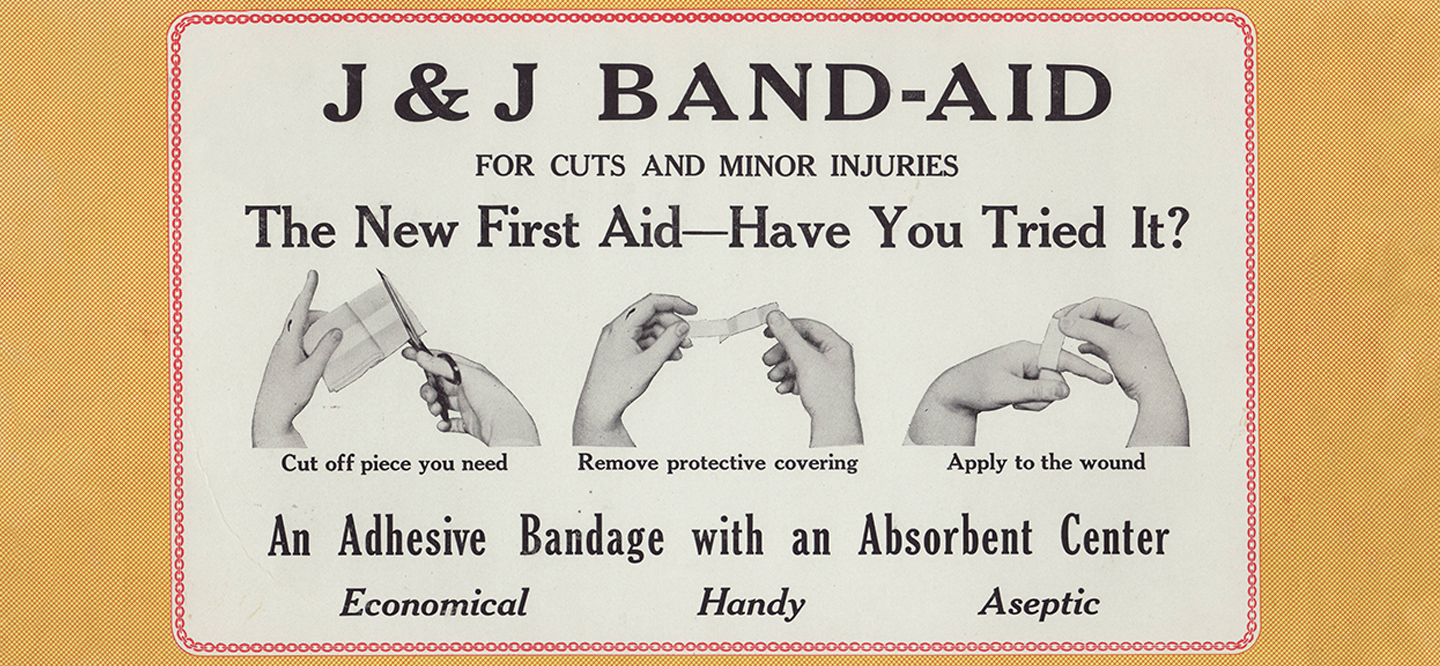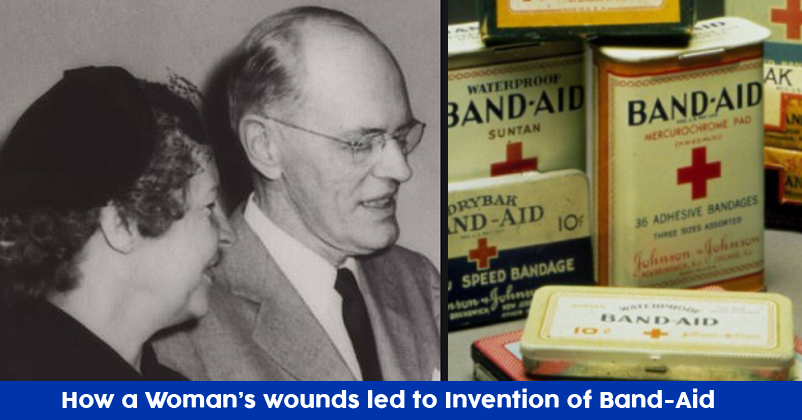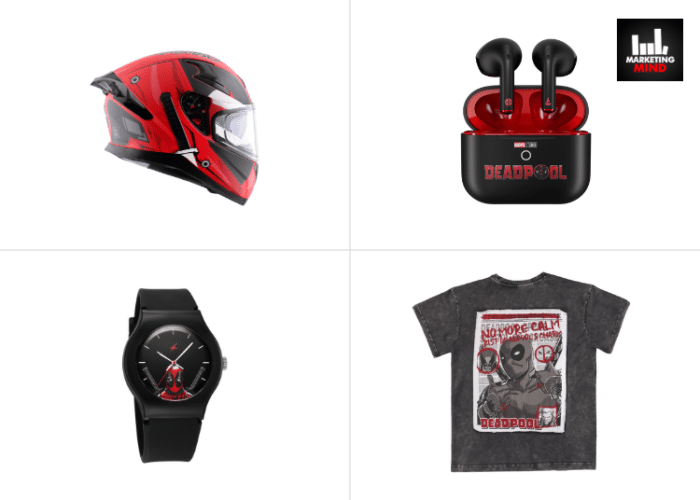History behind invention of Band-Aid
Knight Dickson‘s wife Josephine Knight Dickson was always getting minor nicks and burns while working in the kitchen. While seeing his wife struggling to cover her wounds, Knight Dickson resorted to what many did at the time, winding a strip of fabric around her wound and tying a knot on the end to secure it.

At that time, Dickson happened to be a cotton buyer for Johnson & Johnson. And he thought what if he could create an easy-to-apply, sanitary covering for his wife’s wounds that would stay on while she went about her work?
Dickson used a cache of antiseptic cotton gauze and surgical adhesive tape, which were made by Johnson & Johnson as part of the company’s suite of sterile surgical products.

He took a strip of tape that was 18 inches long by 3 inches wide and laid a slightly narrower piece of gauze lengthwise down the middle. He then covered the surface with a crinoline fabric to keep it from sticking to itself and folded up the whole thing into a neat roll that his wife could keep at the ready.
All he needed to do is unfold the roll, and use scissors to snip off as much adhesive bandage as needed to quickly cover her kitchen mishaps and help keep them clean.
And The History Was Made.
Soon afterward, Johnson & Johnson manufactured a small test batch of what it dubbed BAND-AID® Brand adhesive bandages and sold them to pharmacists to see if they would catch on.
BAND-AID® Brand adhesive bandages officially went on the market in 1921, and for the first few years, they were made by hand and packaged exactly as Dickson had invented them—a roll you had to trim with scissors.

In 1924, Johnson & Johnson began selling Band-Aid in the form we know today: precut and individually wrapped, thanks to machinery the company created to mass-produce the bandages.
The rest, as they say, is history. Today this industry makes $2.1 billion a year.
Also Read: Begging In India: Complete Case Study Of $1.5 Billion Industry













